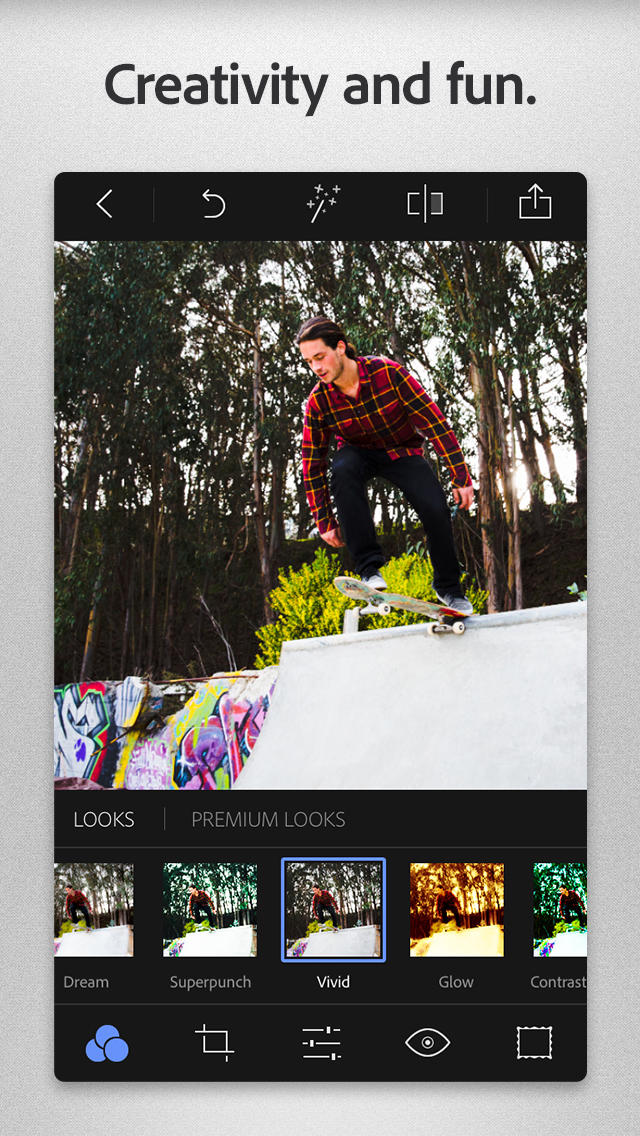
- App does not show up on android emulator xamarin mac for mac#
- App does not show up on android emulator xamarin mac install#
- App does not show up on android emulator xamarin mac update#
- App does not show up on android emulator xamarin mac full#
- App does not show up on android emulator xamarin mac registration#
csproj if you use MakeAppIcon and save yourself some time. Long story short – copy paste this into your.

But if you bring in your icons from any outside source, be sure to make sure you add them in the. Normally, if you drag and drop or file select within Visual Studio to set the images for your app icon, this is done for you.
App does not show up on android emulator xamarin mac full#
csproj file to make sure all the images and their full paths are included – not just the AppIcon.appiconset.
App does not show up on android emulator xamarin mac update#
ipa – so we need to actually update our ios project’s. Turns out VS uses the Content.json to read the images to show in your assets, but this does not actually include them in any sort of build output to your final. So all you have to do is take the AppIcon.appiconset and drop it in your Assets.xcassets and you’re off and running. This Contents.json is also what Visual Studio uses to show you the icons in your Assets.xcassets.
App does not show up on android emulator xamarin mac registration#
Usually the designer on my team will send me the exact icons exported to the specific sizes, but they were on vacation and I wanted to make some progress! I 100% recommend using MakeAppIcon for those who haven’t discovered it yet.įor those that haven’t used it, MakeAppIcon gives you a zip with the actual AppIcon.appiconset which includes every size you need and their registration in the Contents.json which tells the build agent what images fit which profile/size. One thing I did differently this time around was use to generate my individual icons from a single high resolution image. So, if you’re new to Xamarin development or iOS development in general, the above steps are definitely the first things to try!
App does not show up on android emulator xamarin mac for mac#
Docker for Mac conflict with Android emulator.In the age of Xamarin Hot Reload and Hot Restart, we are beginning to get spoiled with the tooling we use every day.Hope this simple tutorial solves your problem. That means you can use Docker and Android emulator together in harmony on your macOS machine. If it’s version 6.1.1 or newer, that would be great. Open IntelHAXM_6.1.1.dmg file and follow installation instruction.Ĭheck again installed Intel HAXM version used by emulator by typing previous commands. Open your Android SDK directory and head to extras/intel/Hardware_Accelerated_Execution_Manager/ directory. After it’s downloaded, we’re not done yet. Open your Android SDK Manager and download the latest Intel HAXM available.
App does not show up on android emulator xamarin mac install#
Now that current Intel HAXM is removed, you can fresh install the latest version of it. This can be done by typing this command: $ sudo /Library/Extensions/intelhaxm.kext/Contents/Resources/uninstall.sh To make my machine clean, I uninstalled the current installed version. You can also double check with this command: $ kextstat | grep intel This can be done by typing this on your terminal: $ ~/Library/Android/sdk/tools/emulator -accel-check

I arrived at the moby github issue page and found someone posted that Intel HAXM version 6.1.1 fixed this issue! I was happy, finally I can use my Android emulator and Docker at the same time on my macOS machine.įirst thing to do is to check what Intel HAXM version our emulator used. I was googling “ Docker Android emulator macOS fix” but had no luck, until a couple days ago. It was frustrating experience knowing that you couldn’t use Docker and Android emulator at the same time. Until I realize I need to use both of them at the same time. I didn’t really care why, as long as I could use my emulator by stopping Docker that would be enough. I didn’t understand it under the hood how it couldn’t work together. That actually made sense because both of them are using virtualization system on my machine to work. Then I realized when I stopped and closed Docker for Mac, it worked again! So I was thinking what could be possibly wrong with my Android emulator? I tried to close my other apps to see if some of it were conflicting with my emulator. So this kind of problem really made me down. So that’s why I always use Android emulator as first solution to test my app. I rarely use real phone to test my app since Google now provides best Android emulator experience. Every time I built the app, it just never showed up. Weeks ago, when I was working on Android project, I noticed something unusual on my macOS machine.


 0 kommentar(er)
0 kommentar(er)
